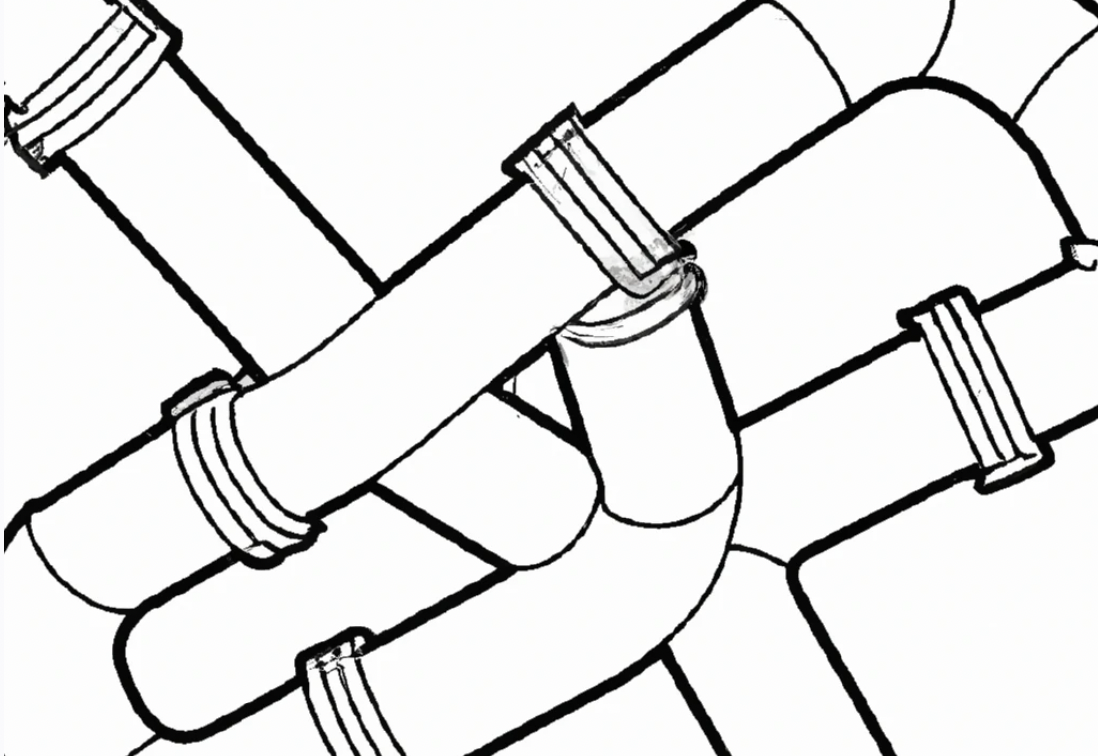Moves Management

Moves Management is, in the words of Bill Sturtevandt, “the seminal conceptual accomplishment in the field of major gifts fundraising”.
It is the brainchild of Cornell’s Buck Smith, and was refined by the brilliant fundraisers David Dunlop and Jerry Panas. It is a framework for thinking about how to move a donor from where they are now to where the organization wants them to be.
It is often the subject of critique — a word that’s unfairly thrown around is “manipulation”. That critique, like so much of the bad information in our world, stems directly from people’s own insecurities about their money stories. It’s also a result of a giant, industry-wide game of telephone. People say “moves management” without fully realizing the intent of the creators.
When used poorly it can become a game of “moves”, instead of recognizing it as a process where we inspire people to do things that they would want to do anyway.
In Moves Management the focus shifts off of the “ask”, which is often put on a pedestal as the end-all-be-all of this work. Instead, it suggests that ultimate gifts require ultimate relationship.
Organizations need to be in donors lives with consistency, frequency, and value. Donors should be valued for their time and talents outside of checkwriting. In other words, donors should be treated like people.
At a high level, moves management is the process by which we identify prospects, segment them, tailor their engagement, identify the right people on each team to execute a move (including make an “ask”), and continuing to deepen the relationship and improve the process.
Moves Management is a major gifts process exclusively. It is built for the 10% of prospects who write 90% of the operating funds. Notably - it must be done in person. No virtual call can replace an in-person relationship with a donor.
Moves Management encourages us to identify the “Natural Partners” of our prospect. This could be networks, board members, friends, volunteers, or any relationship that could build your reputation. The process of finding and cultivating these partners is important. In fact, you can think of them as mini-major gifts prospects.
A Primary Player is the natural partner who is best able to advance the relationship. This is a person for whom it’s difficult for your target to say “no” to. A Moves Manager is the fundraiser - a professional who makes sure that the organization is making the appropriate contacts at the appropriate times. They develop the strategy, track the relationships, plan the contacts, execute the plan, and adjust as time goes on. For an annual fund giver, almost every move is a solicitation. But for a major giver, the ratio is flipped - moves are almost always mission-directed cultivation. In every move, the fundraiser should learn something about the donor, and the donor should have a breakthrough with the organization. Plan approximately one move per month, with at least 4-5 a year in-person.
Cultivation moves are often too abstract to be useful. Instead, have a plan for each of them. It’s not enough that the donor “feels good”. Plan each move with two scenarios in mind: the best possible outcome, and the minimum acceptable outcome.
Remember that growth is incremental and progress is gradual. Success can be measured by feedback from the prospect (1/0 - good time or bad time) and whether or not a next step was agreed upon (1/0 - yes or no). Create a file for each of your target prospects. Identify their natural partners and select a primary player. Plan your next 5-10 moves. Implement and review them. Refine your strategy and repeat. And don’t be afraid to remove prospects from your list.
Moves management allows for both volunteer and professional solicitation, but for traditional nonprofits, it has often been the peer who often solicits the gift. Modern fundraising has largely moved away from the peer volunteer model, and its more common today to see professionals soliciting the gifts themselves.
As you’re planning a solicitation, you will want to answer these questions:
What and for how much? Prospects respond best to highly specific ask amounts — not ranges and certainly not open-ended gifts. You should decid/e ahead of time what the ask amount will be. Even gift levels are not recommended, as they confuse the specificity of the ask.
Where? The prospect should be solicited where she is most comfortable.
When? Trust your instincts, and hone them. Every situation is different. In general, I often train solicitors to watch for the moment when you are confident of the donor’s buy-in.